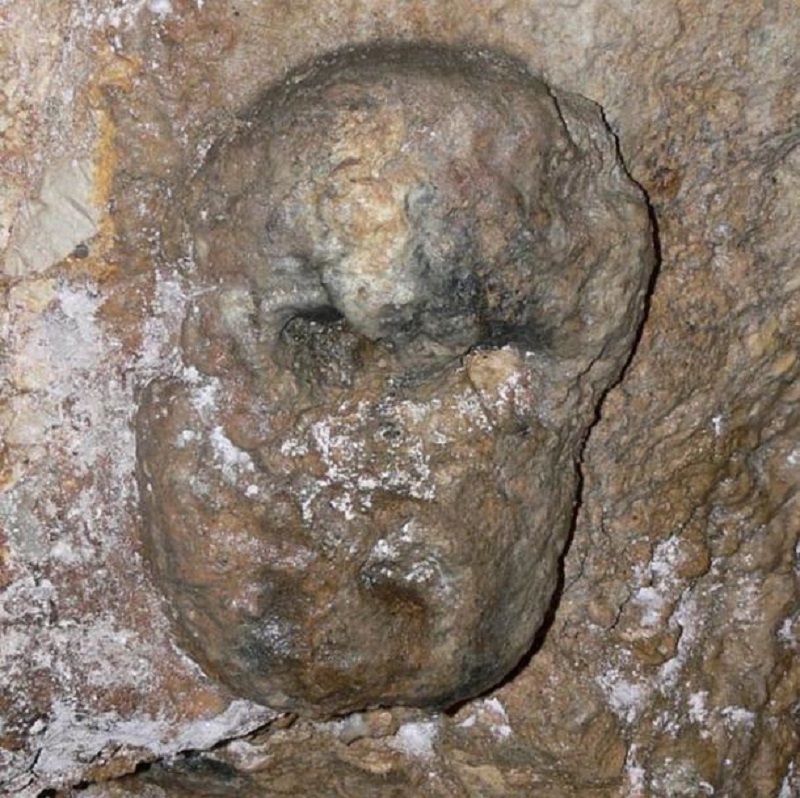In Northern Italy’s Friuli-Venezia Giulia you can find the town and commune of Cividale del Friuli, home to a fascinating and mysterious site – the Celtic Hypogeum. This underground wonder has many branches and is known for its impressive acoustic capabilities and sound effects.
Cividale del Friuli is located in the Eastern Alps, near Slovenia, and was once an important regional power. Today, it is an ancient town and many tourists are attracted to it as a medieval center. Julius Caesar founded Cividale in 50 BC The area was settled by the Venetians and Celts, but it was after the destruction of Aquileia and Iulium Carnicum that the town became known as Cividale and became the main town of Friuli.
Inside Cividale del Friuli is the Celtic Hypogeum – an underground structure created for an unknown purpose. The Celtic Hypogeum consists of a series of underground passages divided into six rooms. The central chamber can be accessed by a small, steep staircase. From there, the Hypogeum divides into three passages leading to small rooms. Archaeologists have named the main room room A, while the smaller rooms are B, C, D and E.
Stairs leading into the main room of Cividale Hypogeum. Wikimedia , CC BY-SA 3.0
A primitive technique was used to construct the hypogeum, as it was created by striking rocks with an ax. Throughout the central rooms, passages and smaller rooms are niches and indentations of varying shapes and heights. Some scholars believe that the niches may contain many bone fragments, leading to speculation that the Hypogeum was a burial site. Others believe the site was once a prison or detention center. There is also a belief that this structure was used for religious ceremonies. Located on the Natisone River, some believe that the Hypogeum was originally a natural structure, which was later expanded. There are also people who believe that some rooms function as tanks. Decorations found in the rooms include three supposed masks and three small pillars. These decorations lead to further speculation about the purpose of the Hypogeum.

A Celtic ‘mask’ is reported above a niche in the upper cave of the Civice Hypogeum. Wikimedia , CC

Detail of the ‘mask’ in the Celtic Hypogeum at Cividale del Friuli. Wikimedia , CC

A map illustrating the layout of the Cividale Hypogeum. Wikimedia , CC
The most special and curious feature of the Celtic Hypogeum is its acoustic properties and resonance phenomenon, which creates an incredible acoustic effect, allowing sound to travel through the chambers as if the person speaking was right next to you. . Ancient acoustic research has shown that resonance phenomena occur in chambers C and D of the Hypogeum. Along one wall is a small truss said to have been built to allow the room to be tuned to the sound of male voices singing or praying. According to the researchers, the chambers are tuned to frequencies of 94 Hz and 102 Hz, so taking advantage of the resonance phenomenon requires a male voice.
The Celtic Hypogeum represents a form of ancient technology that dazzles and baffles today’s scholars, archaeologists, and tourists. While experts and scientists can use modern technology to try to unravel the mysteries of the Hypogeum and its creation of resonance phenomena, the fact remains that the Hypogeum was designed and built without the help of modern technology. It is difficult to imagine how such a crudely built structure could produce such amazing results, or what could have led to the desire to create this room. Today’s tourists can visit the Celtic Hypogeum to get a personal look at this unique historical site.
Mysterious rooms at Cividale Hypogeum. Wikimedia , CC
Featured image: Celtic Hypogeum at Cividale del Friuli, main room overlooking the caves below. Wikimedia CC BY-SA 3.0




